Antirrhinum ‘Tom Thumb Mix’ seeds refer to a dwarf variety of snapdragons (Antirrhinum majus), well-loved for their compact size, vibrant colors, and abundant blooms. These low-growing plants are excellent for borders, containers, and garden edges, providing a bright splash of color throughout the growing season. The Tom Thumb Mix typically includes a variety of colors such as red, pink, yellow, orange, and white.
Characteristics:
- Flowers: The flowers are tubular and resemble a dragon’s mouth, hence the name snapdragon. These blooms come in a wide array of colors, creating a vibrant display. The flowers are arranged densely along upright spikes.
- Height: Unlike the taller snapdragon varieties, the Antirrhinum-tom thumb mix Seeds variety grows to a compact height of about 6–8 inches (15–20 cm), making it ideal for smaller spaces or as ground cover.
- Growth Habit: These plants are bushy and compact, producing numerous flower spikes on each plant.
Sowing and Growing Instructions:
- Light: Antirrhinums thrive in full sun but can tolerate partial shade. For the best flowering results, choose a sunny location.
- Soil: These plants prefer well-draining soil that is rich in organic matter. Loamy soil with good aeration works well.
- Sowing:
- Indoors: Start seeds indoors 6–8 weeks before the last expected frost. Sow seeds thinly on the surface of seed trays filled with light, seed-starting mix. Lightly press the seeds into the soil, but do not cover them, as they need light for germination.
- Outdoors: Once the danger of frost has passed, you can also sow the seeds directly outdoors. Sprinkle the seeds on the soil surface and press them down gently.
- Watering: Keep the soil consistently moist but not soggy during germination. Once established, Antirrhinums are moderately drought-tolerant, but regular watering during dry periods will keep them blooming profusely.
- Temperature: The ideal germination temperature is around 65–70°F (18–21°C). In cooler climates, these plants are grown as annuals, though in warmer regions (USDA zones 7–10), they can be short-lived perennials.
Blooming and Care:
- Flowering: Antirrhinums typically bloom from late spring through summer and into fall, producing dense spikes of colorful flowers.
- Deadheading: To encourage continuous blooming, deadhead spent flowers regularly. This prevents the plant from going to seed too early and prolongs the flowering period.
- Support: Even though they are dwarf plants, they may still benefit from gentle staking or support if they are in windy areas, as the flower spikes can become heavy.
Benefits:
- Attracts Pollinators: Snapdragons are attractive to bees, butterflies, and hummingbirds, making them excellent for pollinator-friendly gardens.
- Compact Size: The Tom Thumb Mix is perfect for container planting, small gardens, borders, and window boxes due to its compact size.
- Cold Tolerance: These plants are relatively cold-tolerant and can withstand cooler temperatures in early spring and fall, continuing to bloom even when temperatures drop slightly.
Uses:
- Borders and Edging: Their compact, bushy nature makes them ideal for planting along garden edges, pathways, or borders.
- Containers: They thrive in pots and containers, providing a vibrant splash of color for patios, balconies, and small garden spaces.
- Cut Flowers: Though small, snapdragons can be cut and used in floral arrangements, adding a charming, cottage-garden feel.


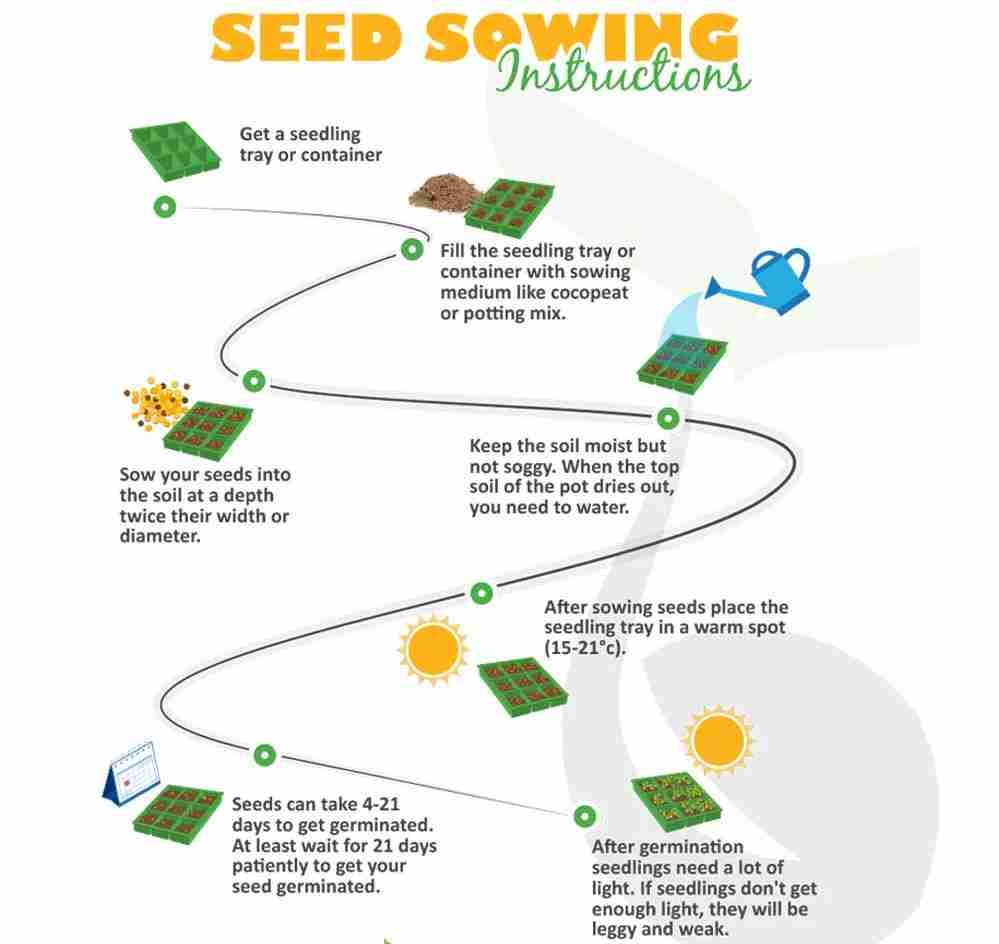

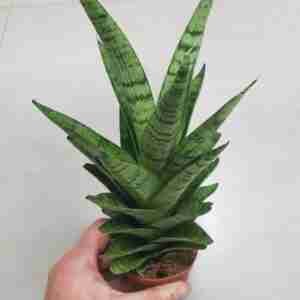
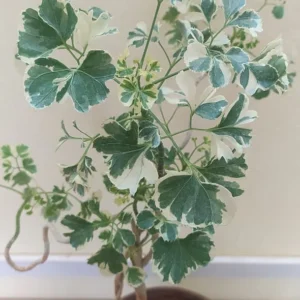
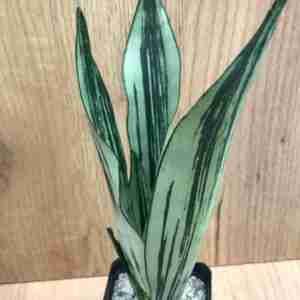
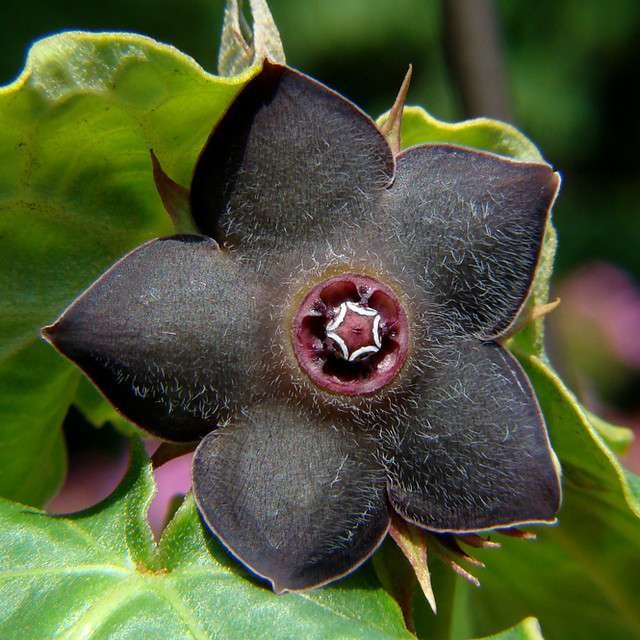
Reviews
There are no reviews yet.